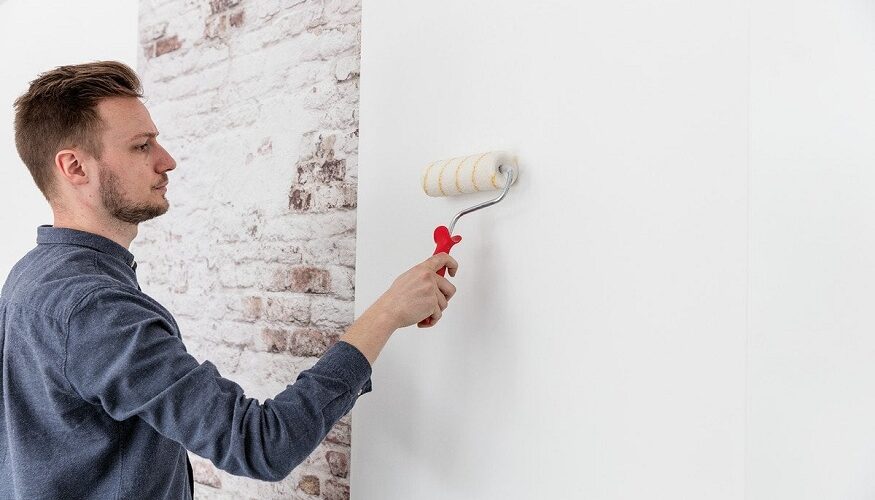Are you about to embark on a new interior design project? If so, you should make sure to choose the right wallpaper glue for the job. Having the right glue will ensure that your project is a success and will help you avoid any potential problems that may arise. In this blog post, we’ll walk you through the different types of wallpaper glue available, helping you to identify the right one for your specific project, and how to apply the glue correctly. With a little bit of knowledge and preparation, you’ll be able to achieve the best results for your project.
Identifying the Right Wallpaper Glue
When it comes to choosing the right glue for your wallpaper project, there are several factors to consider. First, you’ll need to determine what type of wallpaper material you’re using and what type of glue is best suited for that material. Different types of wallpaper require different types of glue, and using the wrong type could damage the wallpaper or lead to it not sticking correctly. Additionally, you’ll need to consider the environment of the room you’re applying the wallpaper to, as some glues may be affected by moisture or temperature. This is an important step in ensuring that your project is successful.
Types of Wallpaper Glue
Once you’ve determined the type of wallpaper material you’re using and the environment of the room, you’ll be able to narrow down the type of glue you’ll need for your project. The most common types of wallpaper glue are adhesive paste, wallpaper paste, and wallpaper primer. Adhesive paste is best used for vinyl wallpaper, while wallpaper paste is suitable for heavier materials, such as paper or textiles. Wallpaper primer is a special type of glue that is applied before the wallpaper is hung, to create a stronger bond between the wallpaper and the wall.
Advantages and Disadvantages of Different Types of Wallpaper Glue
Adhesive paste is the most cost-effective type of wallpaper glue, as it is easy to apply and can be used on multiple surfaces. However, it doesn’t provide a strong bond and may not be suitable for heavier materials. Wallpaper paste is more expensive than adhesive paste, but it is more durable and provides a strong bond that is less likely to come undone. Wallpaper primer is the most expensive type of wallpaper glue, but it provides a strong bond and is the best option for heavier materials.
How to Apply Wallpaper Glue
Once you’ve chosen the right type of wallpaper glue for your project, you’ll need to know how to apply it correctly. Most types of wallpaper glue can be applied directly to the wall, using a paint roller or brush. Adhesive paste and wallpaper primer should be allowed to dry before the wallpaper is applied, while wallpaper paste should be mixed with water before application.
Tips for Choosing and Using Wallpaper Glue
When choosing and using wallpaper glue, there are a few tips to keep in mind. Make sure to read the instructions on the package before using any type of glue, as this will ensure you’re using it correctly. Additionally, always test the glue on a small area of the wall before applying it to the entire surface. This will help you to gauge how the glue will interact with the wallpaper and the wall.
Benefits of Using Wallpaper Glue
Using wallpaper glue offers several benefits. It can help to ensure that the wallpaper is securely attached to the wall and prevents it from peeling or bubbling when exposed to moisture or changes in temperature. Additionally, it can help to reduce the amount of time it takes to hang wallpaper, as it provides a strong bond that will hold the wallpaper in place.
Potential Challenges of Using Wallpaper Glue
While using wallpaper glue can be beneficial, there are some potential challenges that may arise. If the glue is applied incorrectly, it may not provide a strong bond, which could lead to the wallpaper peeling or bubbling. Additionally, if the wrong type of glue is used, it could damage the wallpaper.

